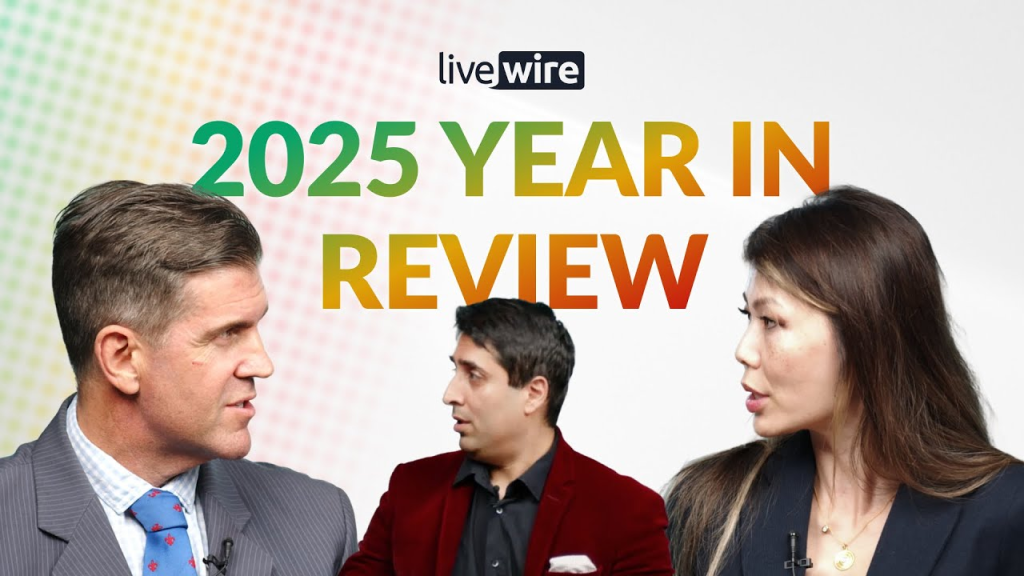Listen to this episode from ASX BRIEFS on Spotify. Send us a textA reliable pay cheque from shares sounds like a dream, but it doesn’t have to be. We sit down with portfolio manager Phil Cornet from Atlas Funds Management to unpack a straightforward idea with powerful outcomes: hold quality Australian dividend payers and sell call options over them to target a 10% annual cash yield, paid quarterly.
